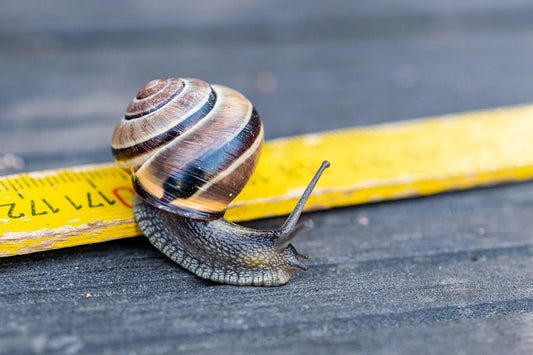- Input stage
- Gain stage
- Output stage
Hybrids
by Paul McGowan
Last time I wrote we had decided on our input device for the DAC output stage and now it's time to pick the gain stage.
The job of the input stage is to provide an easy connection between the DAC it's fed from (or any input for that matter), get rid of any common noises and distortions (if it's a balanced design) and hand off the musical signal to the gain stage.
If you look at just about any amplifier topology it can be broken down into three elements:
- Choosing a selection results in a full page refresh.
- Opens in a new window.








